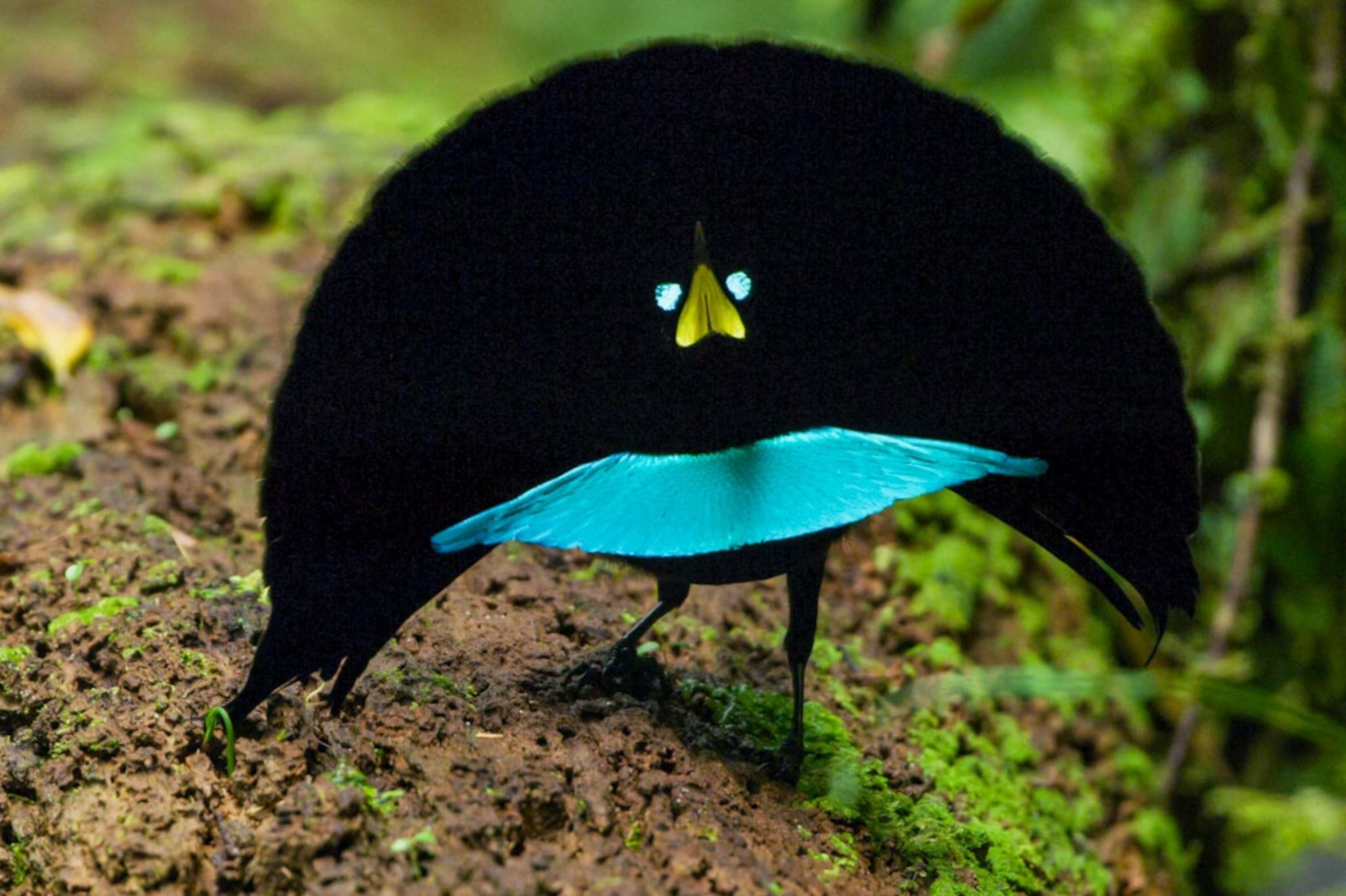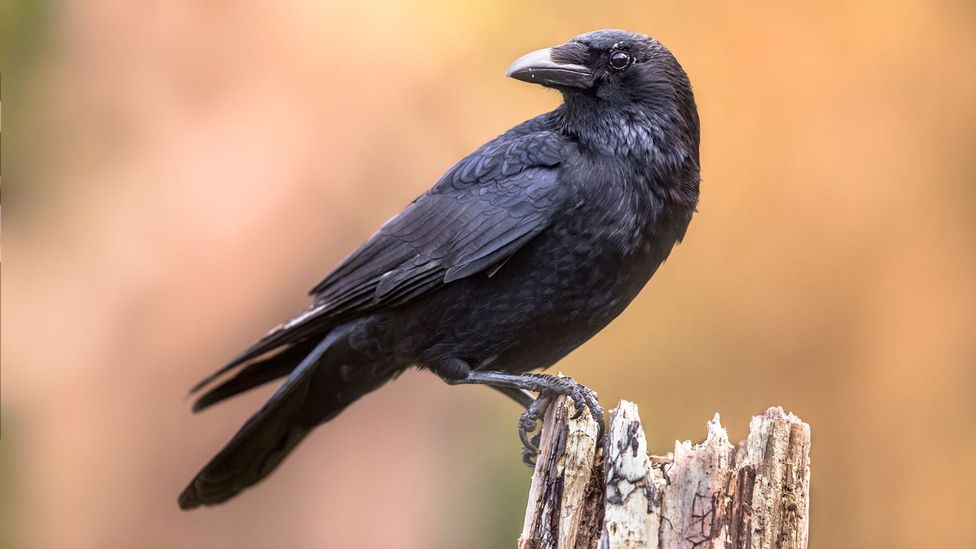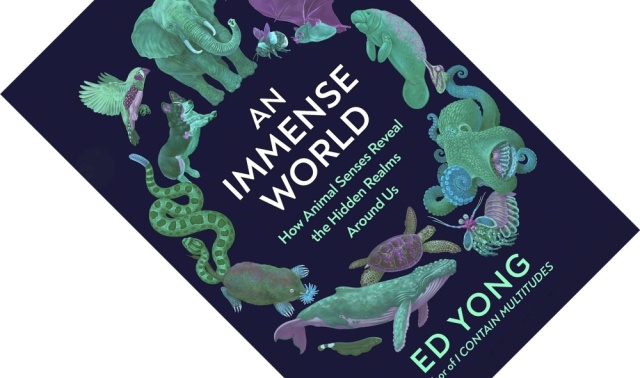From Soloists to Synchronized Swimmers: The Marvels of Bird Migration
As the seasons change and the world transforms, a remarkable phenomenon takes place in the skies above us. Bird migration, a breathtaking display of nature’s precision and endurance, captivates our imagination as millions of winged creatures embark on epic journeys across continents and oceans. From soloists like the iconic Arctic Tern, which travels an astonishing 44,000 miles round trip from pole to pole each year, to synchronized swimmers like flocks of Snow Geese performing graceful aerial ballets over vast landscapes, bird migration is a spectacle that defies belief. In this article, we will delve into the marvels of bird migration, exploring the incredible feats of endurance and navigation that these avian voyagers undertake in their quest for survival and perpetuation.
From Soloists to Synchronized Swimmers: The Marvels of Chook Migration
Chook migration is likely one of the most fascinating phenomena within the animal kingdom. Yearly, hundreds of thousands of birds embark on unbelievable journeys, touring hundreds of miles throughout continents and oceans. From soloists to synchronized swimmers, these avian vacationers showcase exceptional navigation expertise, endurance, and adaptableness. Let’s delve into the marvels of chicken migration and discover the explanations behind this awe-inspiring habits.
The Instinctual Drive to Migrate
Chook migration is primarily pushed by the necessity to discover appropriate breeding grounds and plentiful meals assets. As seasons change, birds face challenges similar to harsh climate situations and restricted meals availability. To beat these obstacles, they’ve developed the power to undertake long-distance journeys to extra favorable habitats.
One exceptional facet of chicken migration is that it’s an innate habits. Younger birds, often called fledglings, typically migrate for the primary time with none steering from skilled people. They depend on an inside compass that permits them to navigate utilizing celestial cues, landmarks, and even the Earth’s magnetic discipline.
The Completely different Kinds of Migration
Chook migration might be categorized into numerous varieties, every with its personal distinctive traits:
- Altitudinal Migration: Some chicken species migrate vertically, transferring between completely different altitudes inside the similar space. One of these migration is commonly noticed in mountainous areas, the place birds transfer to larger elevations throughout the breeding season and descend to decrease altitudes throughout winter.
- Latitudinal Migration: That is the commonest sort of migration, the place birds journey alongside a north-south axis, following the altering seasons. Many species breed within the northern hemisphere throughout summer time and migrate to the southern hemisphere for winter.
- Longitudinal Migration: Sure chicken species migrate alongside an east-west axis, usually throughout continents. One of these migration is commonly noticed within the Arctic and Antarctic areas, the place birds journey lengthy distances to entry plentiful meals assets.
- Irregular Migration: Some birds exhibit irregular migration patterns, the place people inside the similar species could take completely different routes or migrate at completely different occasions. This habits is commonly influenced by components similar to meals availability, climate situations, and particular person preferences.
The Challenges of Migration
Migrating birds face quite a few challenges all through their journey, making their feats much more spectacular:
- Predators: Birds should navigate via numerous landscapes, together with forests, deserts, and open waters, all whereas avoiding predators similar to birds of prey and different animals.
- Climate Circumstances: Birds encounter unpredictable climate situations, together with storms, sturdy winds, and excessive temperatures. They have to adapt their flight patterns and discover appropriate shelter to outlive.
- Vitality Conservation: Migrating birds have to preserve vitality throughout their lengthy journeys. They obtain this by flying in formations, similar to V-shaped flocks, which cut back wind resistance and permit them to take turns main the group.
- Obstacles: Birds typically encounter bodily obstacles similar to mountains, buildings, and our bodies of water. They’ve developed methods to navigate round or over these limitations, using landmarks and their eager sense of course.
Case Research: The Arctic Tern
The Arctic Tern holds the document for the longest migration route of any chicken species. These exceptional birds breed within the Arctic throughout the brief summer time after which embark on an epic journey to the Antarctic for winter. This round-trip covers an astonishing distance of roughly 44,000 miles.
Arctic Terns face quite a few challenges throughout their migration, together with excessive climate situations, predators, and the necessity to discover appropriate feeding grounds alongside the best way. Regardless of these obstacles, they handle to finish this unbelievable journey 12 months after 12 months, showcasing their exceptional endurance and navigational skills.
The Significance of Chook Migration
Chook migration performs an important function in sustaining the stability of ecosystems and biodiversity. It facilitates the dispersal of seeds, pollination of crops, and management of insect populations. Moreover, migratory birds function indicators of environmental well being, as modifications of their migration patterns can sign shifts in local weather and habitat situations.
Moreover, chicken migration has captivated people for hundreds of years, inspiring artwork, literature, and scientific analysis. It serves as a reminder of the interconnectedness of the pure world and the wonders of animal habits.
Abstract
Chook migration is a exceptional phenomenon that showcases the unbelievable skills of avian species. From their instinctual drive emigrate to the challenges they face alongside the best way, birds display exceptional navigation expertise, endurance, and adaptableness. Understanding the several types of migration and the significance of this habits helps us respect the marvels of the avian world and highlights the necessity for conservation efforts to guard these unbelievable vacationers.




Post Comment